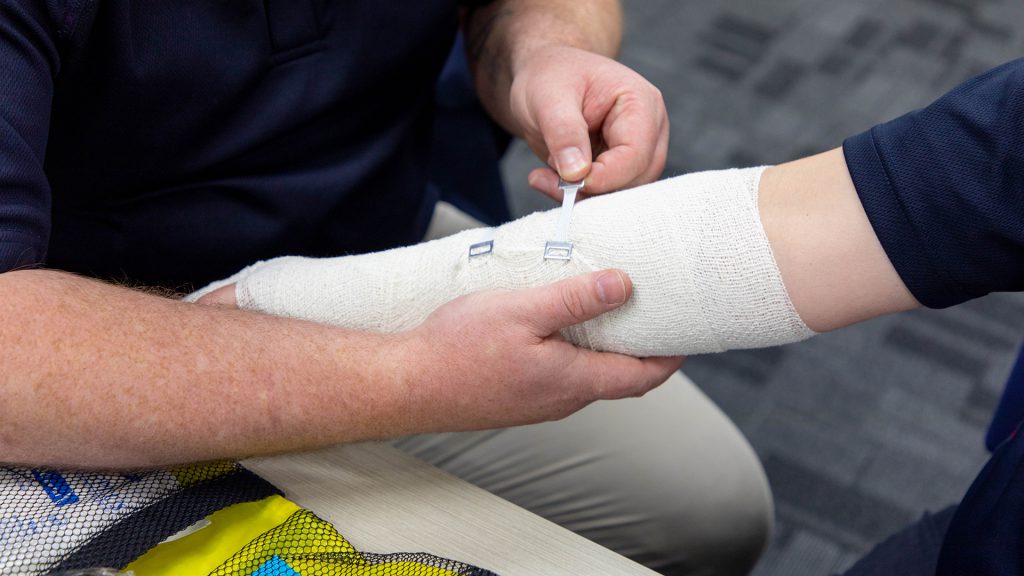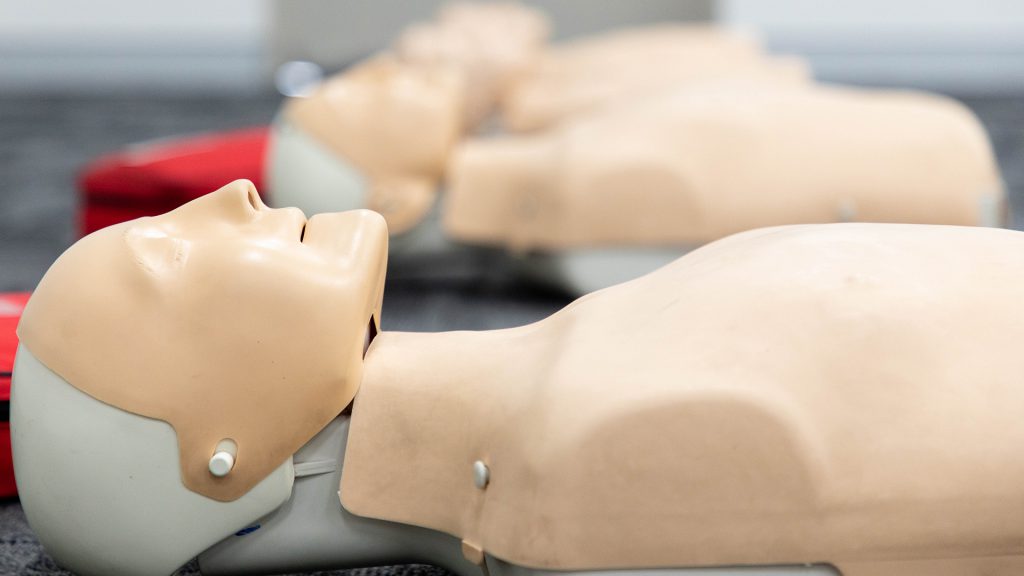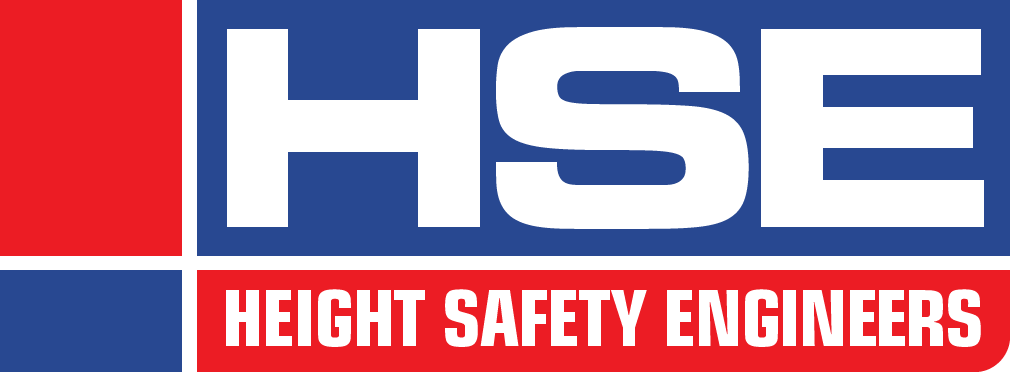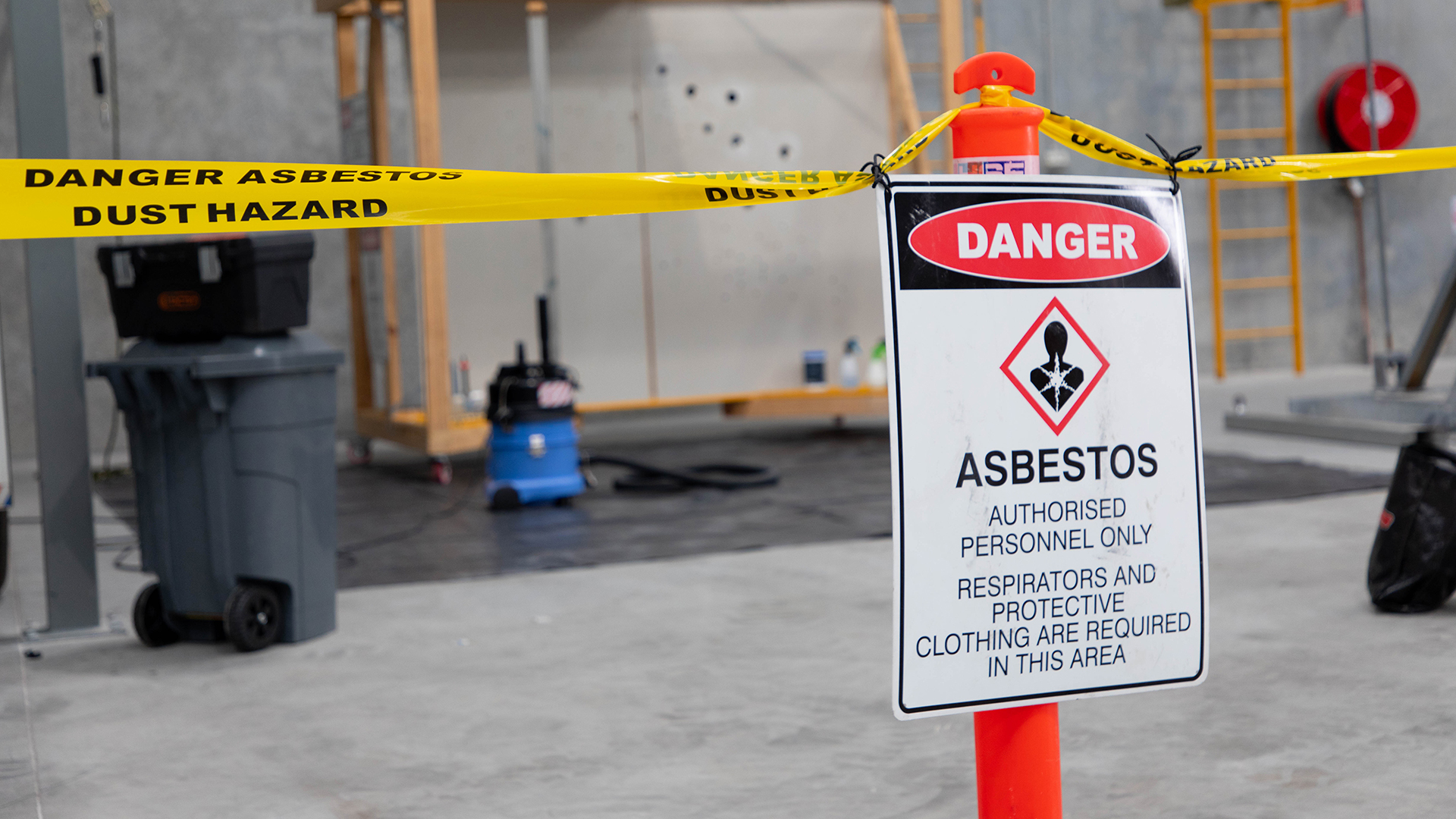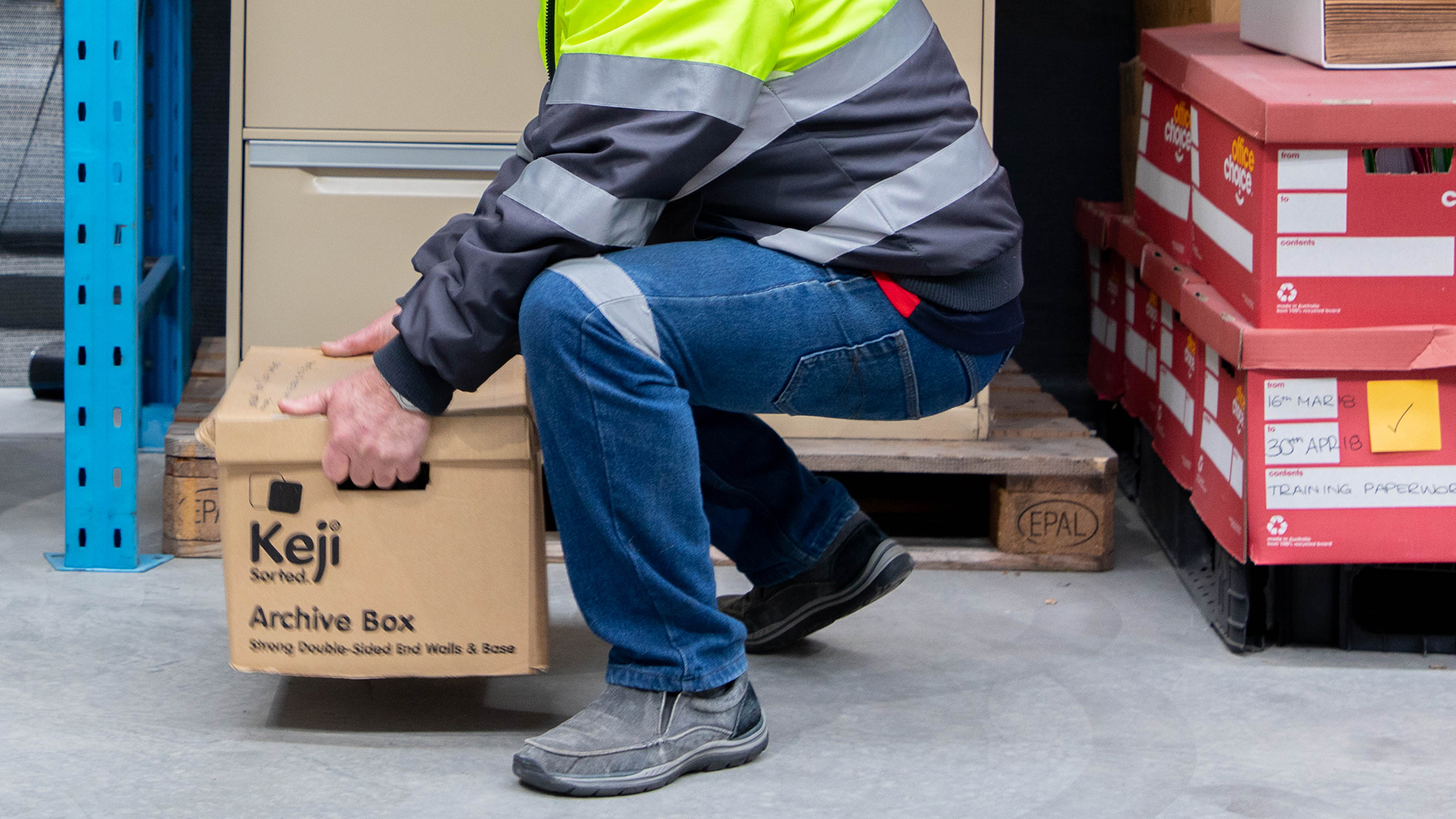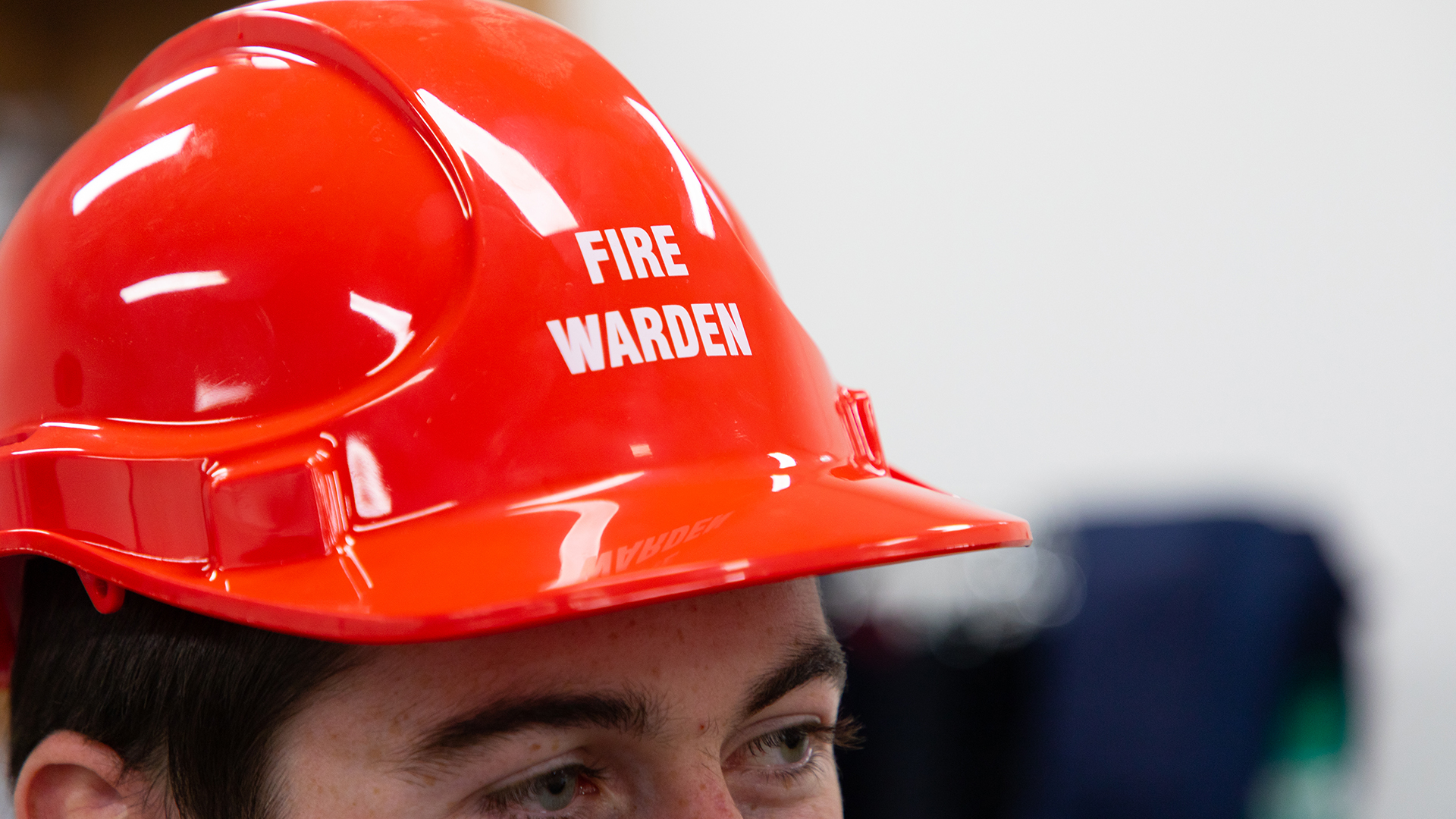First aid and CPR skill set
First aid training can cover two units of competency: HLTAID009 Provide cardiopulmonary resuscitation and HLTAID011 Provide first aid.

Completion of HSE’s first aid and CPR training course equips participants with the skills they need to act as a first aid officer in their workplace. First aid training is a skill set that every person should have – being able to competently, quickly and effectively respond to emergency situations can save a person’s life.
The course covers responding to a range of common first aid emergencies including cuts and abrasions, burns, fractures, asthma, seizures, broken bones and more.
Includes resuscitation
First aid training can also include instruction in providing cardiopulmonary resuscitation (CPR). Like provide first aid, HLTAID009 Provide cardiopulmonary resuscitation is a nationally recognised unit of competency. CPR should be taught according to the recommendations of the Australian Resuscitation Council (ARC). It should also include the correct operation of an automated external defibrillator (AED).
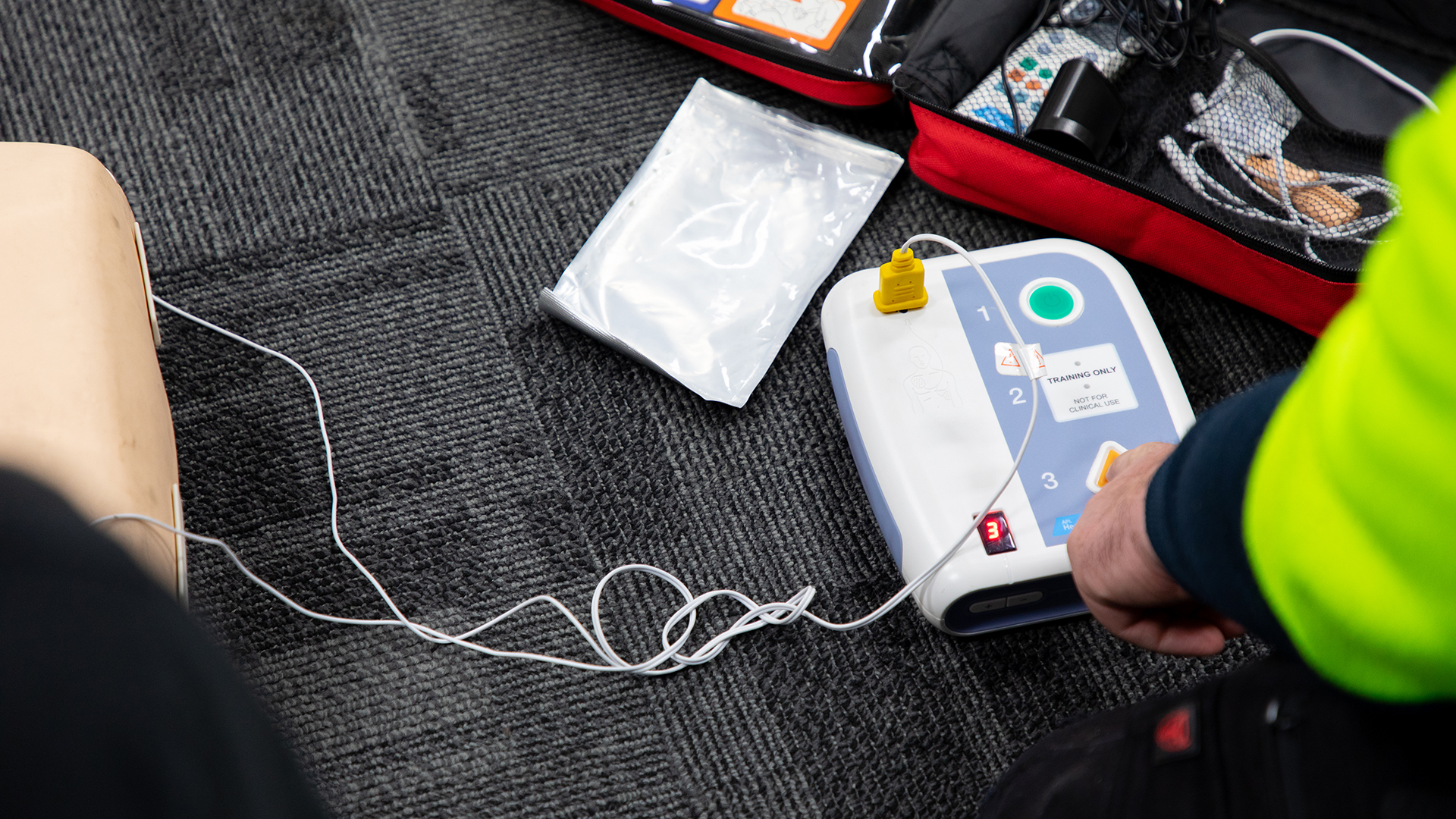
About this course
This course provides participants with the skills and knowledge required to provide a first aid response to a casualty. The unit applies to all workers who may be required to provide a first aid response in a range of situations, including community and workplace settings.
Duration: 1 day (8 hours) face to face, plus 1 day (8 hours) of pre-course learning
Student/trainer ratio: 10:1
Course objectives and content
Recognise an emergency and assess for hazards
How to identify and minimise hazards to self and others
Assess the casualty and recognise the need for CPR
Seek assistance from emergency response services
Perform CPR procedures
Perform cardiopulmonary resuscitation in accordance with ARC guidelines
Display respectful behaviour towards casualty
Operate automated external defibrillator (AED) according to manufacturer’s instructions
Communicate details of the incident
Accurately convey incident details to emergency response services
Report details of incident to workplace supervisor as appropriate
Maintain confidentiality of records and information in line with statutory and/or organisational policies.
First aid procedures for bleeding, burns and fractures
Managing medical conditions such as anaphylaxis, asthma and seizures
Managing medical emergencies such as snake/spider bites, poisons and choking
Infection control procedures
Managing exposure to extreme temperatures
Administering first aid for eye & soft tissue injuries
Assessing and moving sick & injured
Legal responsibilities of a first aider
Basic anatomy and physiology
Choking
Anaphylaxis treatment
Envenomation treatment
Managing shock
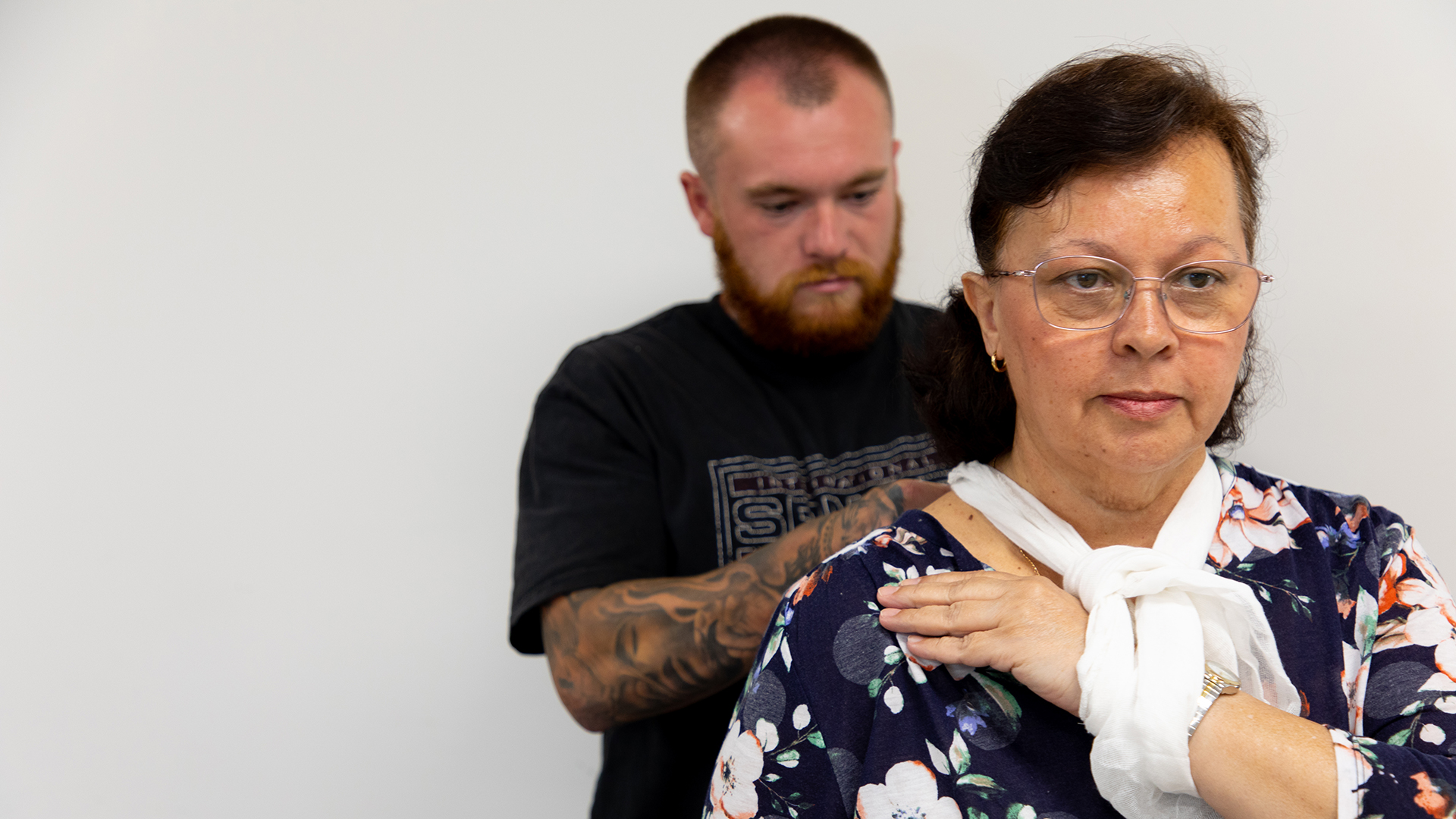
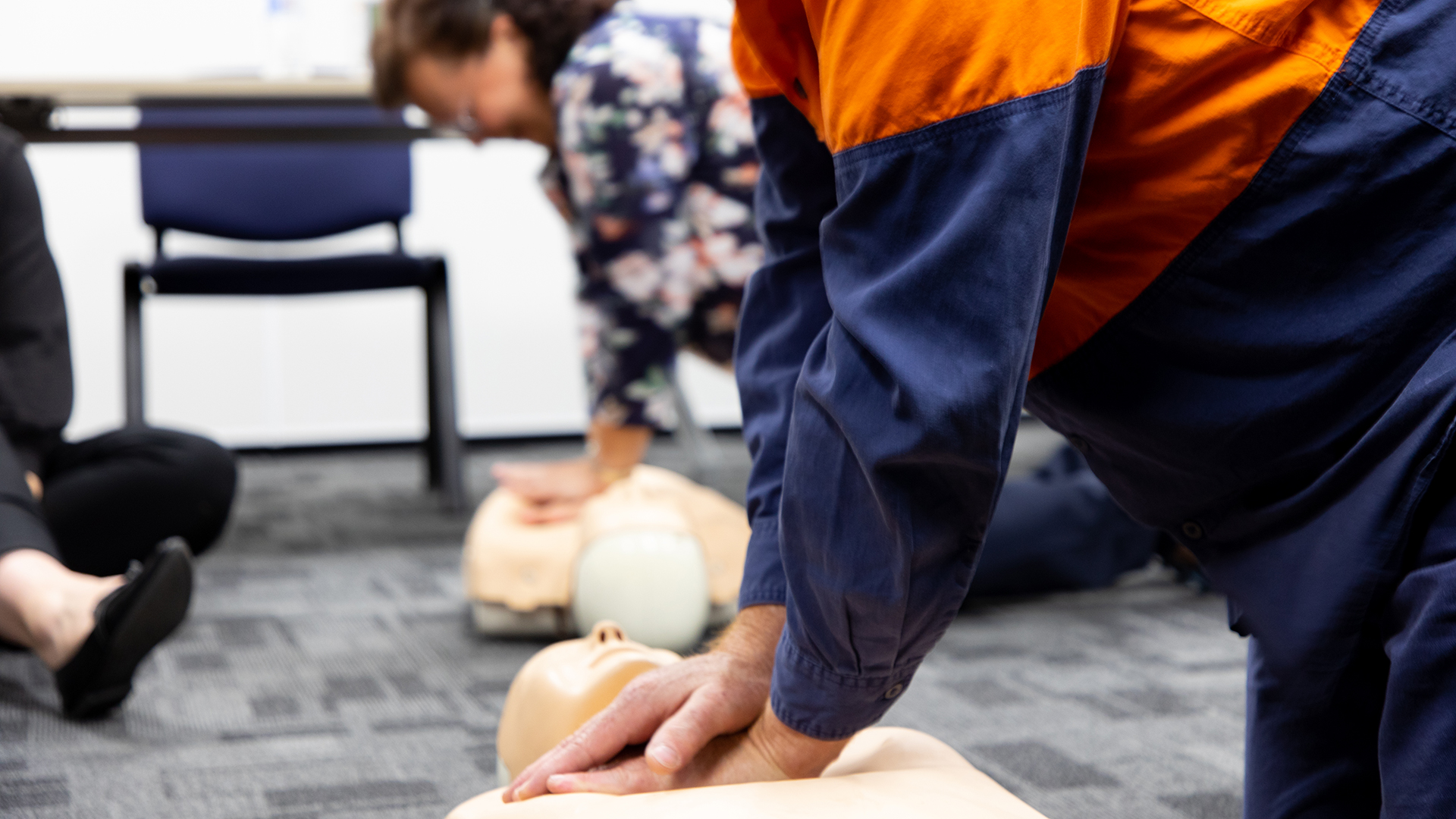
Qualifications for successful participants
Statement of attainment in:
HLTAID009 Provide cardiopulmonary resuscitation
HLTAID011 Provide first aid
First aid and CPR skill set FAQs
This first aid course is nationally accredited providing participants with the qualification to be a first aid representative in many workplaces and other required situations. The course we deliver is highly practical and focused on real life safety scenarios that you can put into practice.
It is important to note that there are physical standards which relate to the level of performance required when undertaking accredited training. Students who are unable to satisfy the physical requirements of the course cannot be deemed competent or issued a Statement of Attainment, even if the qualification is a necessary part of their employment conditions.
Participants must have the physical abilities to perform CPR unassisted for two (2) minutes on the floor. Participants who cannot perform unassisted CPR on the floor may be issued a Certificate of Attendance in lieu of the Statement of Attainment.
All students must be eligible to receive nationally recognised training within Australia and provide a valid Unique Student Identifier (USI) upon enrolment.
Discover more training from HSE
